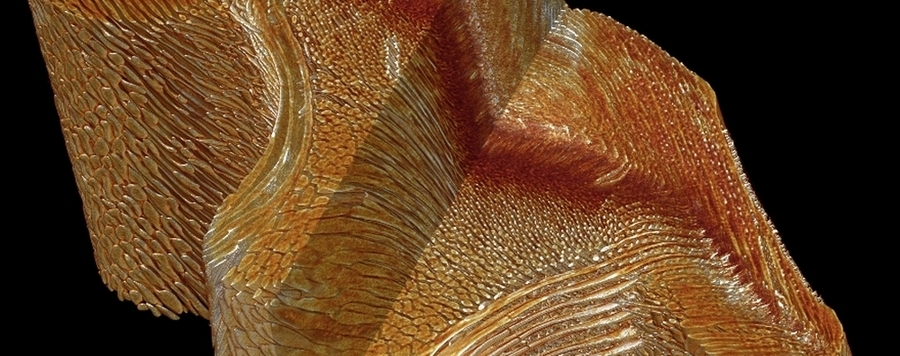
The advent of morphomics: large-scale gathering and depositing of zoomorphological data.
Tomographic imaging techniques such as micro-computed tomography (µCT) and magnetic resonance imaging (MRI) allow gathering digital anatomical data of whole zoological specimens non-invasively and at high speed. Living, freshly fixed, as well as century-old preserved museum material can now be analyzed successfully using this approach, giving the zoologist a powerful set of tools for large-scale comparative studies. In analogy to other 'omics' disciplines, digital imaging techniques are ushering in a new era of morphological research that is characterized by a relative ease of data acquisition - with all its advantages and disadvantages.
The aims of the presentation are to present an overview of techniques that permit visualizing the morphology and anatomy of whole zoological specimens, to illustrate the usefulness of a largely exploratory approach, and to highlight pathways for the communication of three-dimensional models in scientific publications. Furthermore, viable solutions to the pressing problem of depositing large amounts of raw and derived image data for purposes of data transparency and mining are presented.






